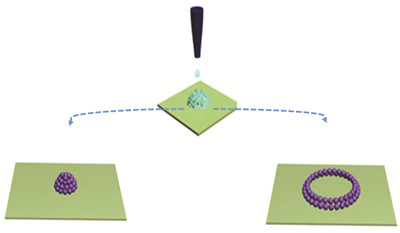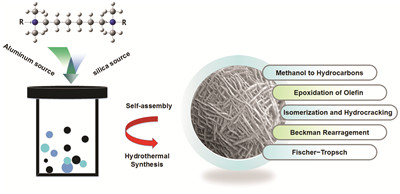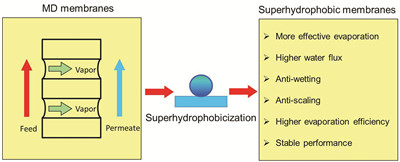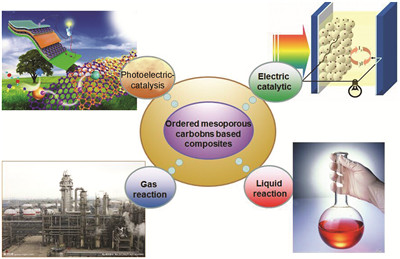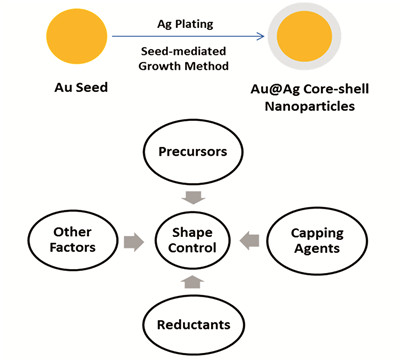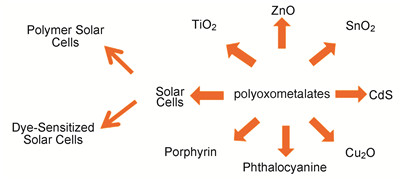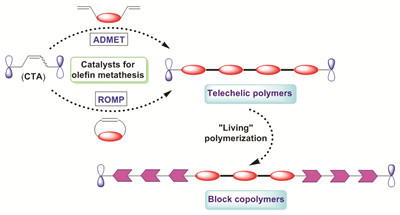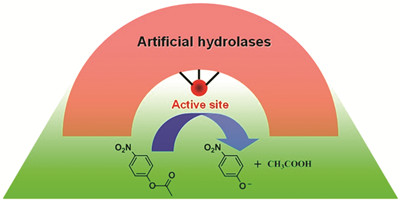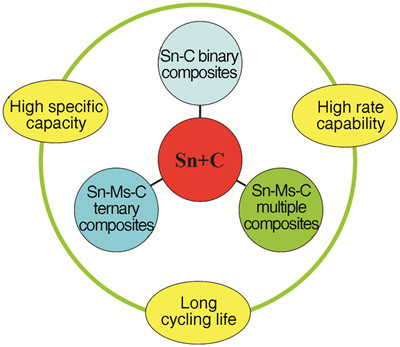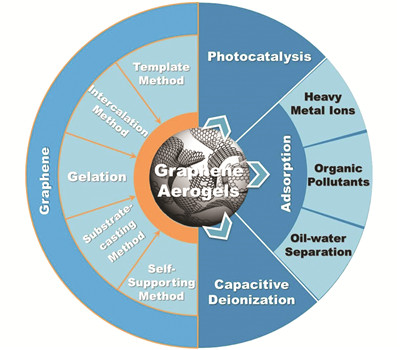Conventional Fenton process is one of the promising advanced oxidation technologies (AOTs) for the treatment of organic pollutants in water. In Fenton process, hydroxyl radical (
·OH), a kind of strong oxidant, is formed through Fenton's reaction and then degrades organic pollutants. Similar to conventional Fenton process, transition metal ions (Fe
2+, Co
2+, Ag
+, etc.) can also activate persulfate (PS) and generate sulfate radicals (SO
4·-, SR). Sulfate radical is a powerful oxidant and can oxidize most of organic pollutants. This process is named as “Fenton-like process”. There are some disadvantages existed in conventional Fenton and Fenton-like process. For example, a high concentration of Fe
2+ is required and a large amount of iron sludge is generated. In order to solve these problems, electro-Fenton and SR-based electro-Fenton-like processes are proposed. Fe
2+ can be regenerated via cathodic reduction in electro-Fenton and electro-Fenton-like processes. Therefore, the Fe
2+ concentration used in these processes is much lower than that in Fenton and Fenton-like processes. This paper provides an overview of mechanism and research progress of electro-Fenton and SR-based electro-Fenton-like processes. The types and improvements for electro-Fenton and electro-Fenton-like processes are summarized. Moreover, the prospects of the research areas meriting further investigation and developed trends are pointed out.
Contents
1 Introduction
2 Electro-Fenton process
2.1 Types of electro-Fenton processes
2.2 Improvements in electro-Fenton processes
3 Electro-Fenton-like process
3.1 Types of electro-Fenton-like processes
3.2 The effect of important parameters on electro-Fenon-like processes
3.3 Improvements in electro-Fenton-like processes
4 Comparison of oxidation mechanism
5 Conclusion and perspective









